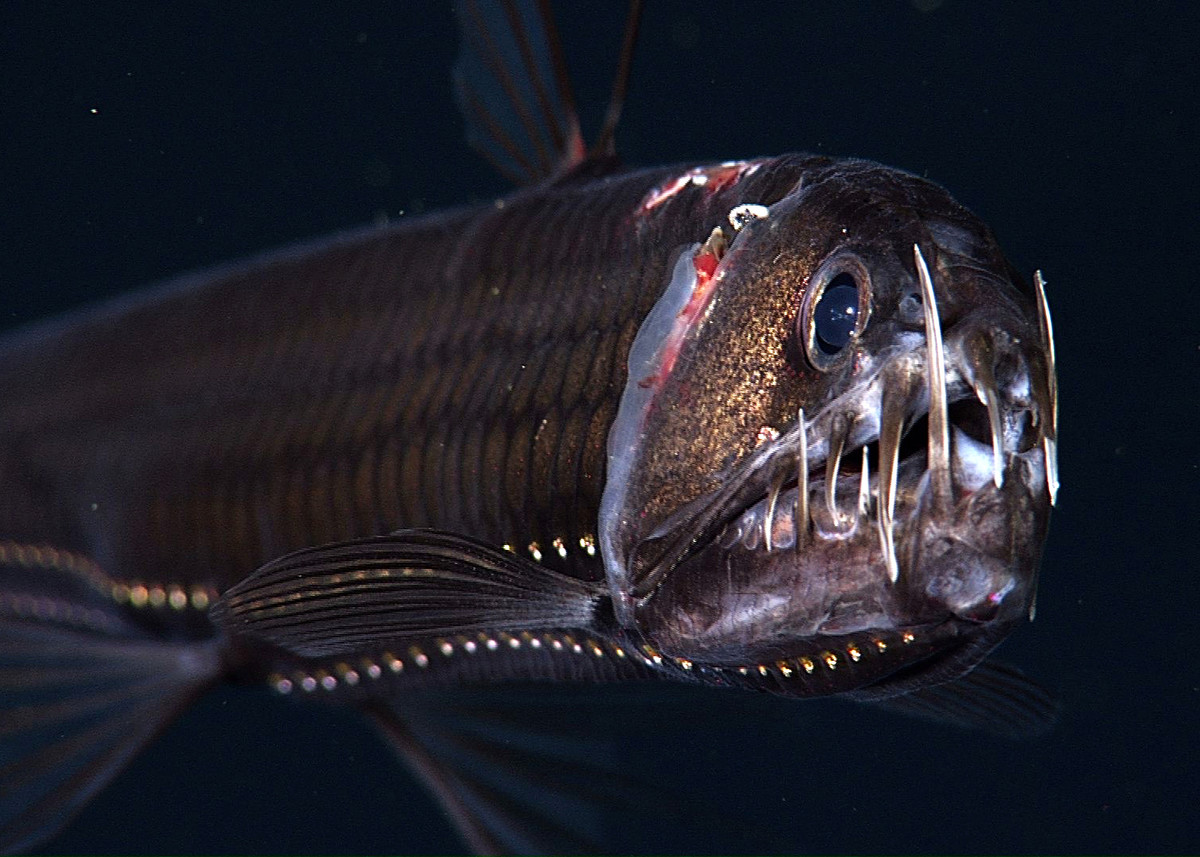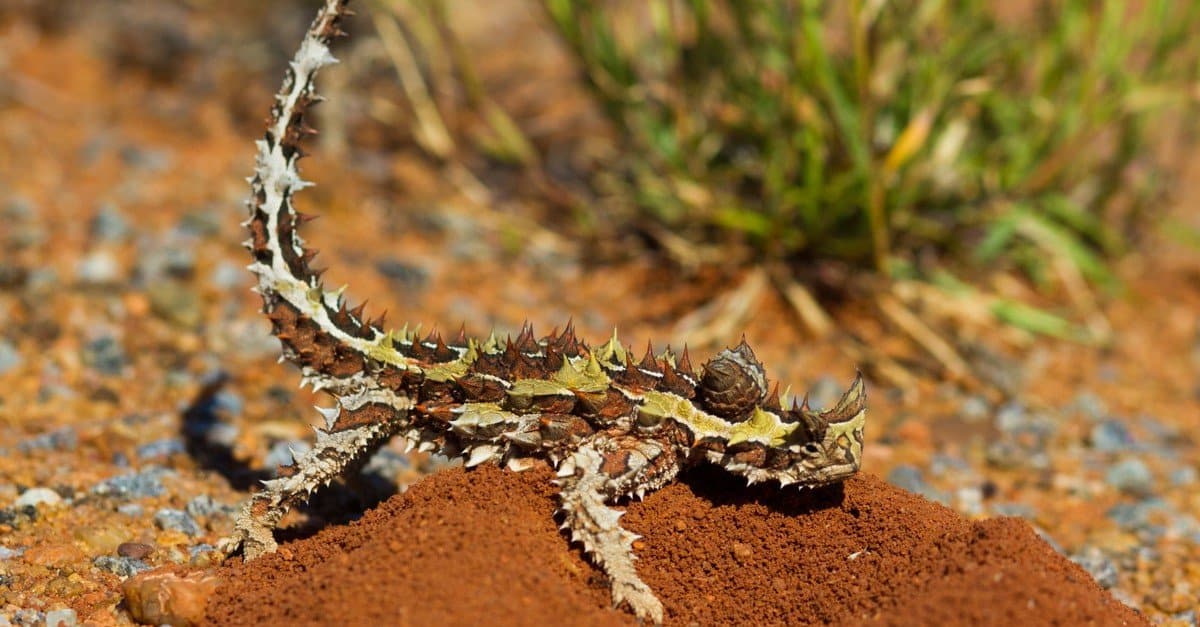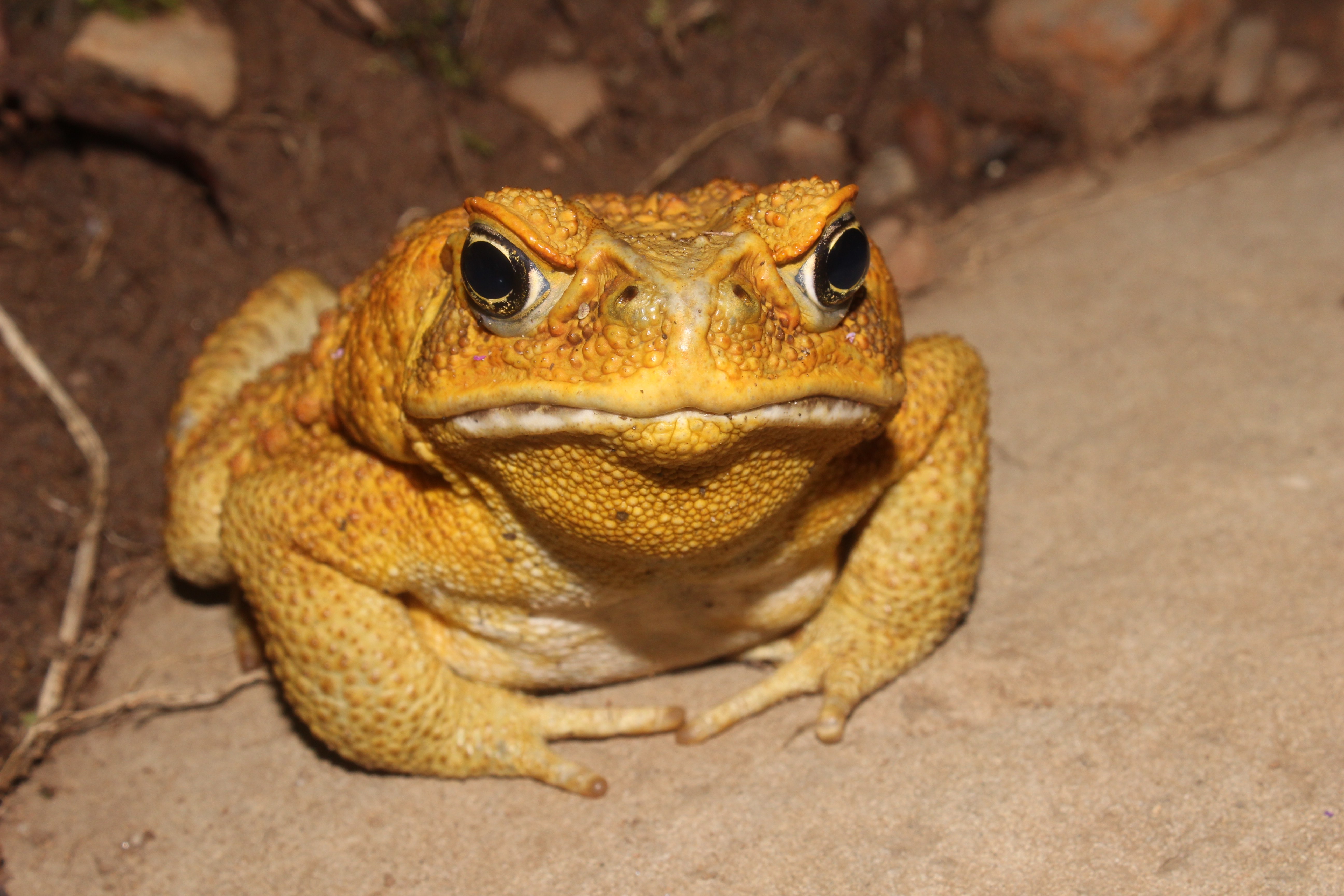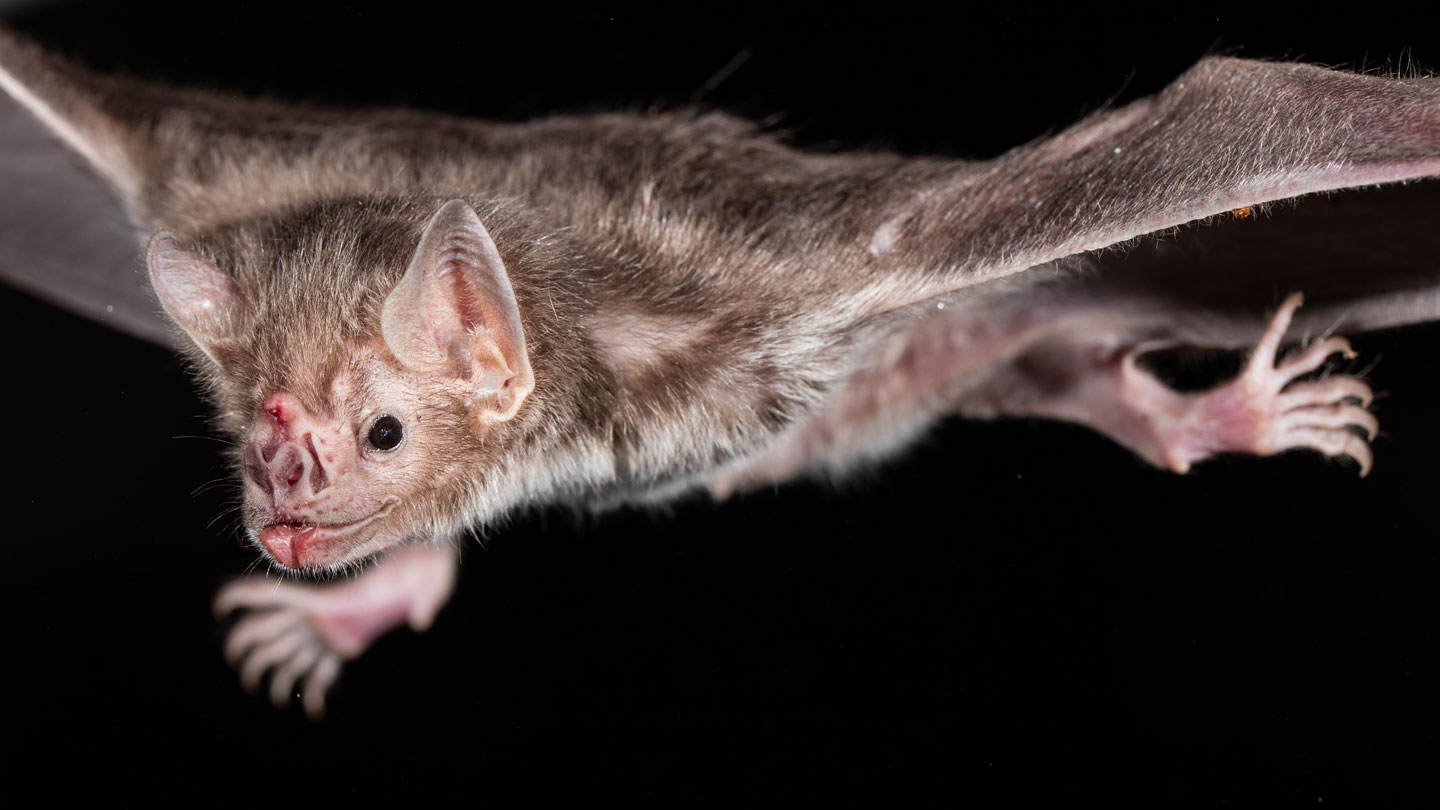Halloween 😈 Animals List: Scary Animals Pictures & Facts Part 2
by Active Wild Admin
10/ 23/ 2023
Pacific Viperfish
Type of animal: Fish
Conservation status: Unassessed
The Pacific viperfish is a deep sea fish found up to 5km below the surface. Despite only having a maximum body length of around 30 cm (1 ft.), the Pacific viperfish’s immense fangs are enough to put anyone off going into the water!
Scorpions
Like spiders, scorpions are arachnids. There are around 1,750 species of scorpion. Together they make up the order Scorpiones.
Whereas some spiders have a venomous bite, it’s a scorpion’s tail you need to be careful of. All scorpions have a venomous stinger located at the end of the tail. This is used both to capture prey & as a defense against predators.
Very few scorpions possess venom strong enough to be deadly to humans. Unless you suffer from specific allergies & no medical help is available, you’ll generally survive a scorpion sting.
The deathstalker scorpion Leiurus quinquestriatus inhabits deserts & other dry habitats in North Africa & the Middle East. Its powerful venom & speedy strike make it one of the world’s most dangerous scorpions.
Sharks
“You’re gonna need a bigger boat!” These are the words famously spoken by Roy Scheider’s character Chief Brody after seeing the huge killer shark in the movie Jaws.
Even before the release of classic 70s movie, sharks were regarded as truly terrifying animals; the film just took fear of sharks mainstream.
One of the largest sharks (& the star of Jaws) is the great white shark Carcharodon carcharias. This fearsome ocean predator can reach lengths of 20 ft (6 m).
All sharks are equipped with special sense organs known as ampullae of Lorenzini. These enable a shark to detect electrical fields produced by the muscles of other animals.
Sharks have several rows of teeth. These are continuously replaced during a shark’s lifetime, with new teeth moving from the back to the front. There’s little chance of a shark missing a meal due to toothache!
If you’re in the water & you see a great white shark approaching, it’s a good idea to get in a boat. A big boat.
Slugs
It’s probably because we’re mammals ourselves that we can relate to other mammals such as cats & dogs better than we can to animals such as slugs.
… Or maybe it’s a slug’s slimy skin, tentacles, & sticky trails that puts us off!
Slugs belong to the mollusk class Gastropoda, which also includes snails. Although slugs don’t have visible shells, most species have a much-reduced shell located under their skin.
A slug’s slimy skin prevents its body–which is made mainly of water–from drying out.
Most slugs have 2 pairs of tentacles, both of which are retractable. A slug’s eyes are located at the ends of the top pair of tentacles. The lower tentacles provide a sense of smell.
Snakes
Snakes are limbless reptiles in the suborder Serpentes. Their closest relatives are lizards. Both snakes & lizards are members of the reptilian order Squamata.
The first snakes appeared during the Late Cretaceous period; perhaps 30 or 40 million years before the first primates.
The fear of snakes is known as Ophidiophobia. Scientific research has found that an instinctive fear of snakes may actually be something we’re born with. In other words, snakes are scientifically proven to be scary animals!
There are around 3,600 species of snake divided between 18 families.
The snake family with the largest number of species is Colubridae. Snakes in this family are generally quite small & non-venomous.
The largest snakes are found in the families Boidae (the boa family) & Pythonidae (the python family). Snakes in these families are nonvenomous & use constriction to overcome their prey.
Well known families of venomous snakes include Viperidae (the vipers) & Elapidae, which includes Cobras, mambas, & taipans.
Spiders
Spiders are arachnids belonging to the order Araneae. With over 48,000 known species, Araneae is the largest order of arachnids.
Not only are there an awful lot of different spiders, they’re also found in virtually all land habitats, & on every continent except Antarctica. That’s bad news if you happen to suffer from arachnophobia! (Arachnophobia is the fear of spiders.)
If you are an arachnophobe, you should probably stay away from these guys:
Redknee tarantula Brachypelma hamorii (a large, hairy spider found in Mexico)
Sydney funnel-web spider Atrax robustus, (a highly-venomous spider found around Sydney, Australia)
Brazilian wandering spider (a large South American species that competes with the Sydney funnel-web spider for title of ‘most venomous spider’)
Redback spider Latrodectus hasselti (another highly-venomous Australian species, recognizable by the red hourglass marking on its otherwise all black abdomen).
Tasmanian Devil
Type of animal: Mammal
Conservation status: Endangered
The Tasmanian devil is the largest living carnivorous marsupial. The size of a small dog, this Australian mammal has a powerful, squat build & large head. It has one of the strongest bites in relation to body size of any animal.
The species is only found on the Australian island state of Tasmania. The ‘devil’ part of its name refers both to the bloodcurdling screams emitted by this nocturnal animal as it feeds, & its aggressive temperament.
Sadly, in recent years this distinctive animal has been badly affected by a disease that has caused its population to plummet. This scary animal now finds itself on the endangered list.
Thorny Devil
Type of animal: Reptile
Conservation status: Least Concern
The ‘Moloch’ part of the thorny devil’s scientific name refers to an ancient god whose followers took part in human sacrifice. The ‘horridus’ part means, well, horrible.
The thorny devil’s scary name is due to the lizard’s fearsome appearance. With horn-like scales on its head & spines running along its back, tail & legs, this desert reptile resembles a mini dinosaur.
A ‘false head’ behind the lizard’s real head–which provides protection from predators–only adds to the animal’s bizarre appearance.
In fact, the thorny devil is well-adapted to the hot, dry climate of the Australian outback. Tiny channels between the scales carry water that has condensed on the animal’s skin to its mouth.
Toads
Order: Anura
Toads are amphibians &, along with frogs, belong to the order Anura.
Biologically, there isn’t a great deal of difference between frogs & toads; species with dry, warty skin tend to be named “toads”; whereas species with smooth, moist skin are known as “frogs”.
Toads are included on this list of scary animals due to their association with witches & witchcraft. No self-respecting witch makes a potion without at least one toad in the recipe.
This association may have begun due to the fact that toads in the “true toad” family Bufonidae secrete poison from parotoid glands behind their eyes.
Being amphibians, toads hatch from eggs laid in water, & spend the first stage of their lives as tadpoles. Their bodies then undergo a process known as metamorphosis. During this time toads develop lungs & limbs. In their adult form, toads breathe air & are able to leave the water.
Perhaps the scariest toad of all is the cane toad, a species native to South America. This insect-eating amphibian was introduced to Australia to protect crops.
The plan backfired. The cane toad failed to control crop-eating insects, & its introduction was extremely harmful to several much-loved Australian species, including quolls & goannas.
Vampire Bat
Type of animal: Mammal
Conservation status: Least Concern
The common vampire bat is one of 3 species of vampire bat (the other 2 are the hairy-legged vampire bat, & the white-winged vampire bat). The diet of all 3 species consists entirely of blood.
The common vampire bat targets mammals–usually livestock–while they are sleeping. It either swoops down directly onto the animal, or lands nearby & crawls over before jumping onto its victim.
Using special heat sensors in its nose, the vampire bat is able to locate where its victim’s blood is flowing closest to the skin. It bites through the skin with razor-sharp teeth, while chemicals in its saliva prevent a scab from forming as it feeds.
Although the vampire bat’s bite is non-fatal, the species is known to carry rabies.
Vampire Squid
Type of animal: Mollusk (spelt Mollusc in British English)
Conservation status: Unassessed
The vampire squid, despite its name, is not a true squid. Instead, it is the only living member of the order Vampyromorphida, & is more closely-related to octopuses.
This deep sea species lives in depths of 3km or more. If threatened, it will open its webbed legs & expose fearsome-looking (but harmless) spines.
This scary animal has got an equally scary scientific name, Vampyroteuthis infernalis, which means ‘vampire squid from hell’.
This scary animal’s scientific name, Vampyroteuthis infernalis, means ‘vampire squid from hell’, which to us sounds like a good name for a heavy metal band.
Wolf
Type of animal: Mammal
Conservation status: Least Concern
Few, if any, animals have inspired as many myths & legends as the gray wolf. It is an animal of the wilderness which, unlike its cousin the coyote, doesn’t live happily near humans.
The gray wolf is the largest member of the dog family, Canidae. It is found throughout much of the northern hemisphere, & has many subspecies, including the Eurasian wolf, Arctic wolf, northwestern wolf, & the domestic dog.
The long, eerie howls produced by a pack of wolves are among the most spine-chilling of all animal sounds.


/scorpion-sand-01-473210ddbe9a4021bc3999ae0ab8290b.jpg)

:max_bytes(150000):strip_icc():focal(644x439:646x441)/Tasmanian-Devils-1-2a0e3c26ff81424eb375cc38326bd54f.jpg)





.jpg)


No comments:
Post a Comment